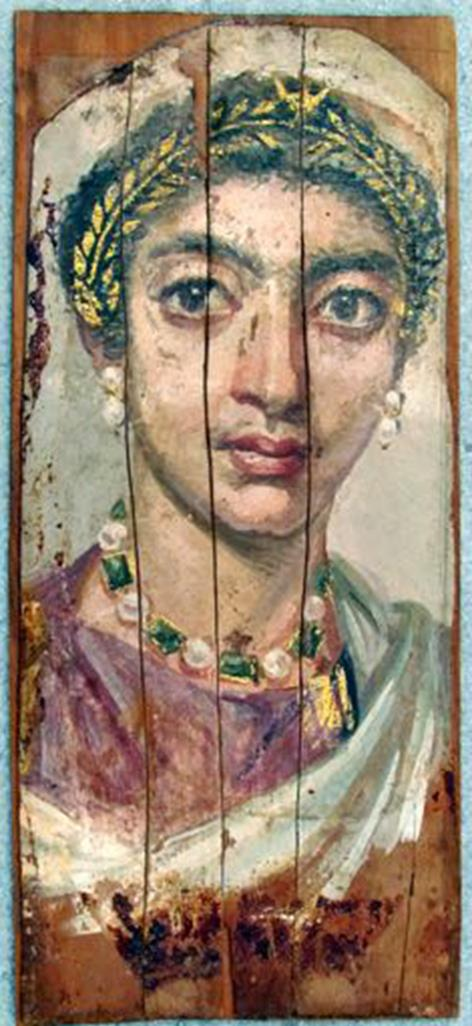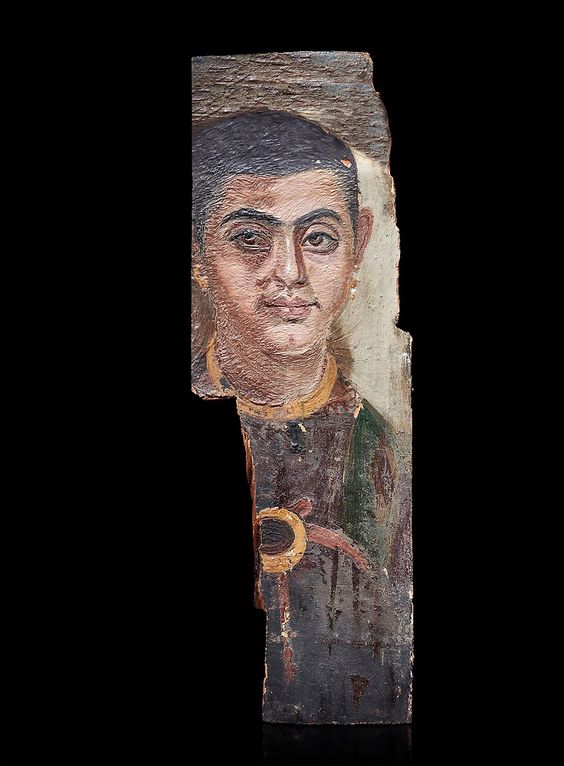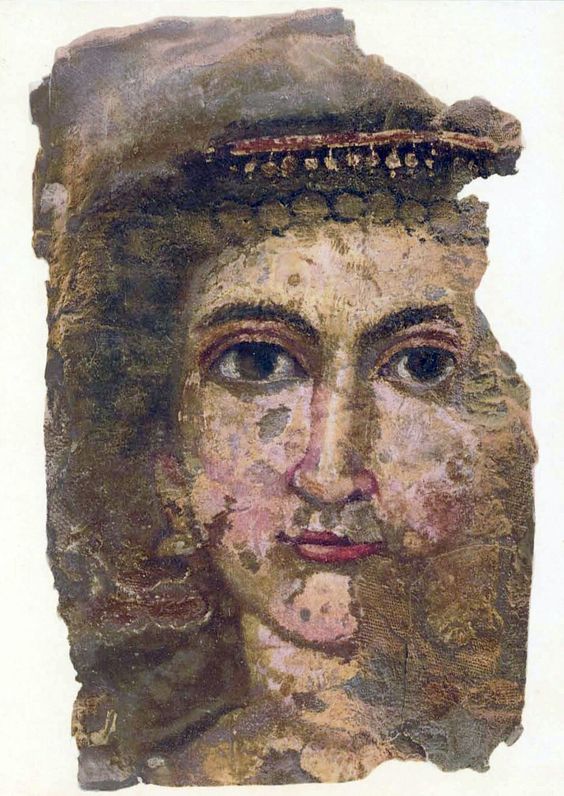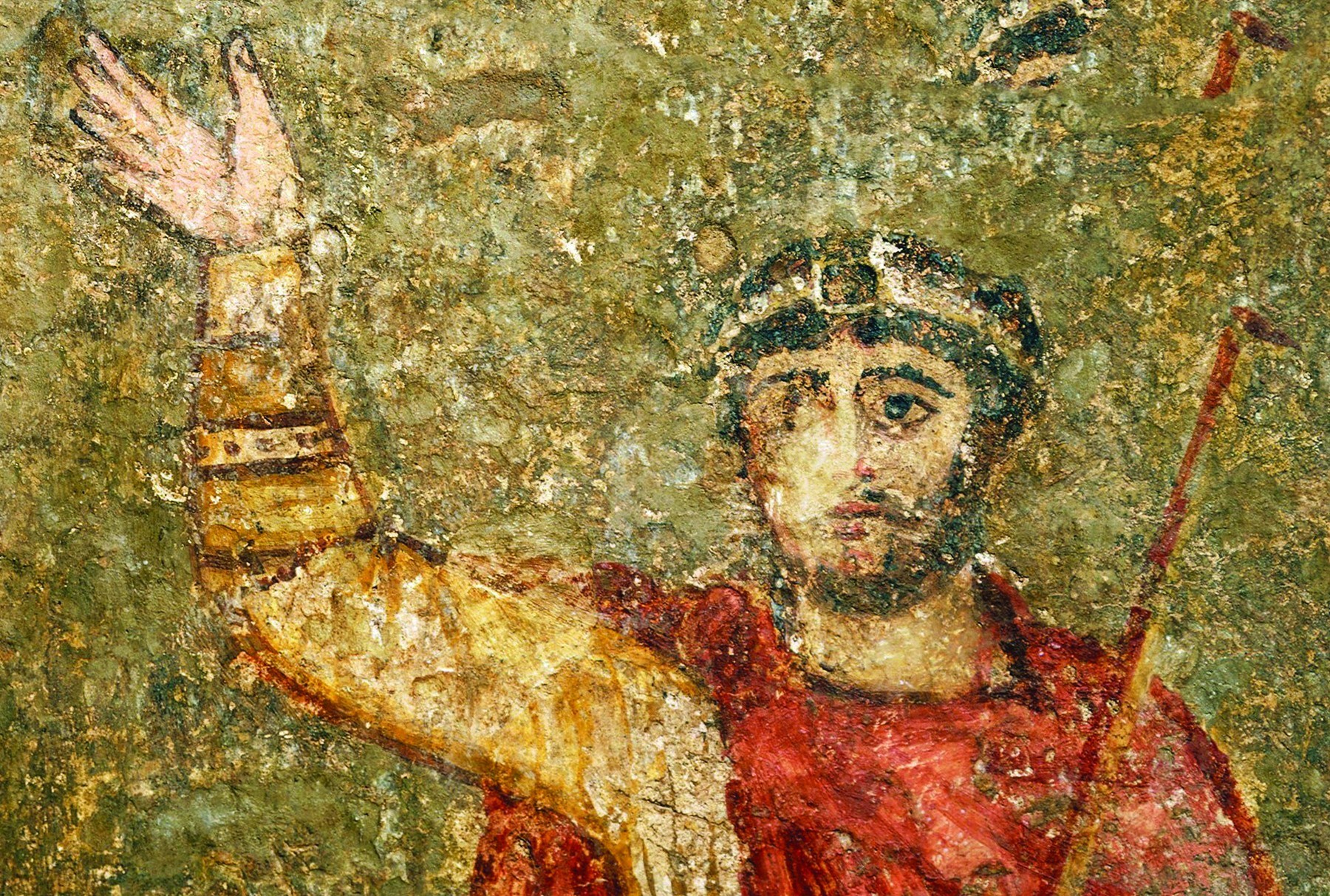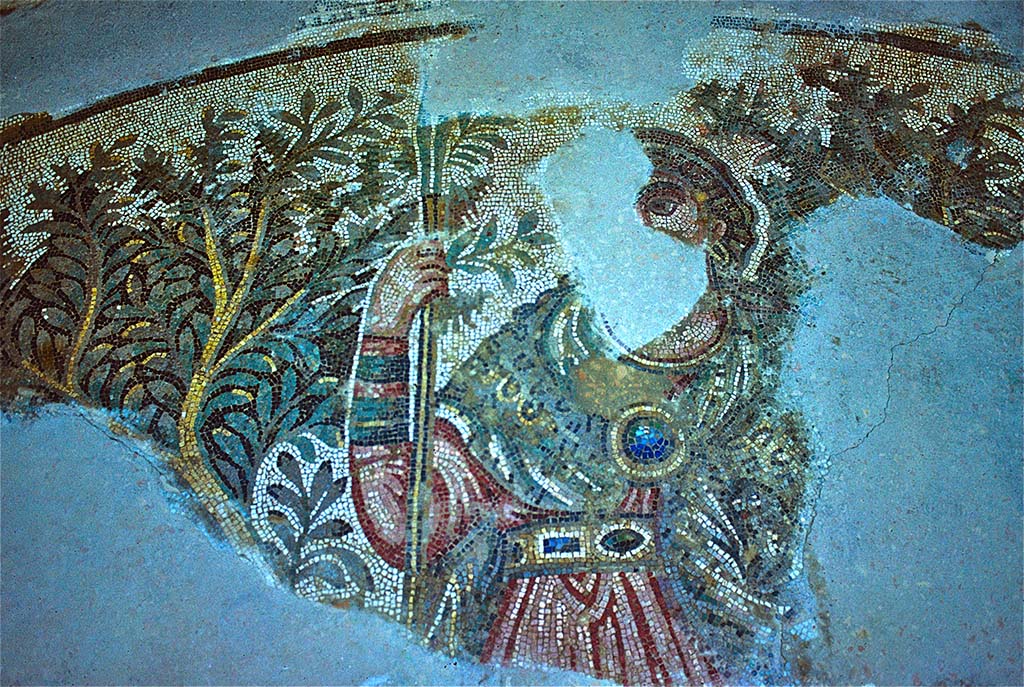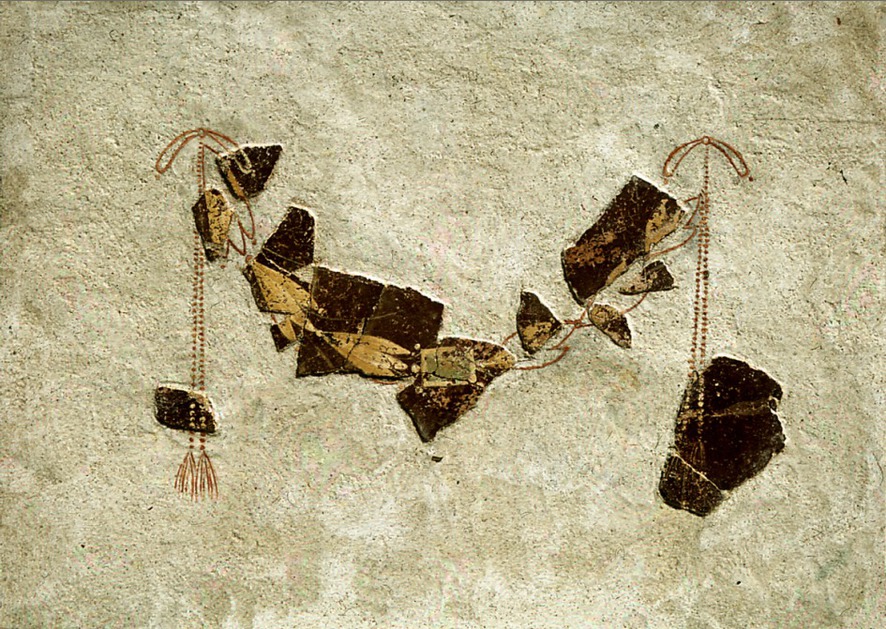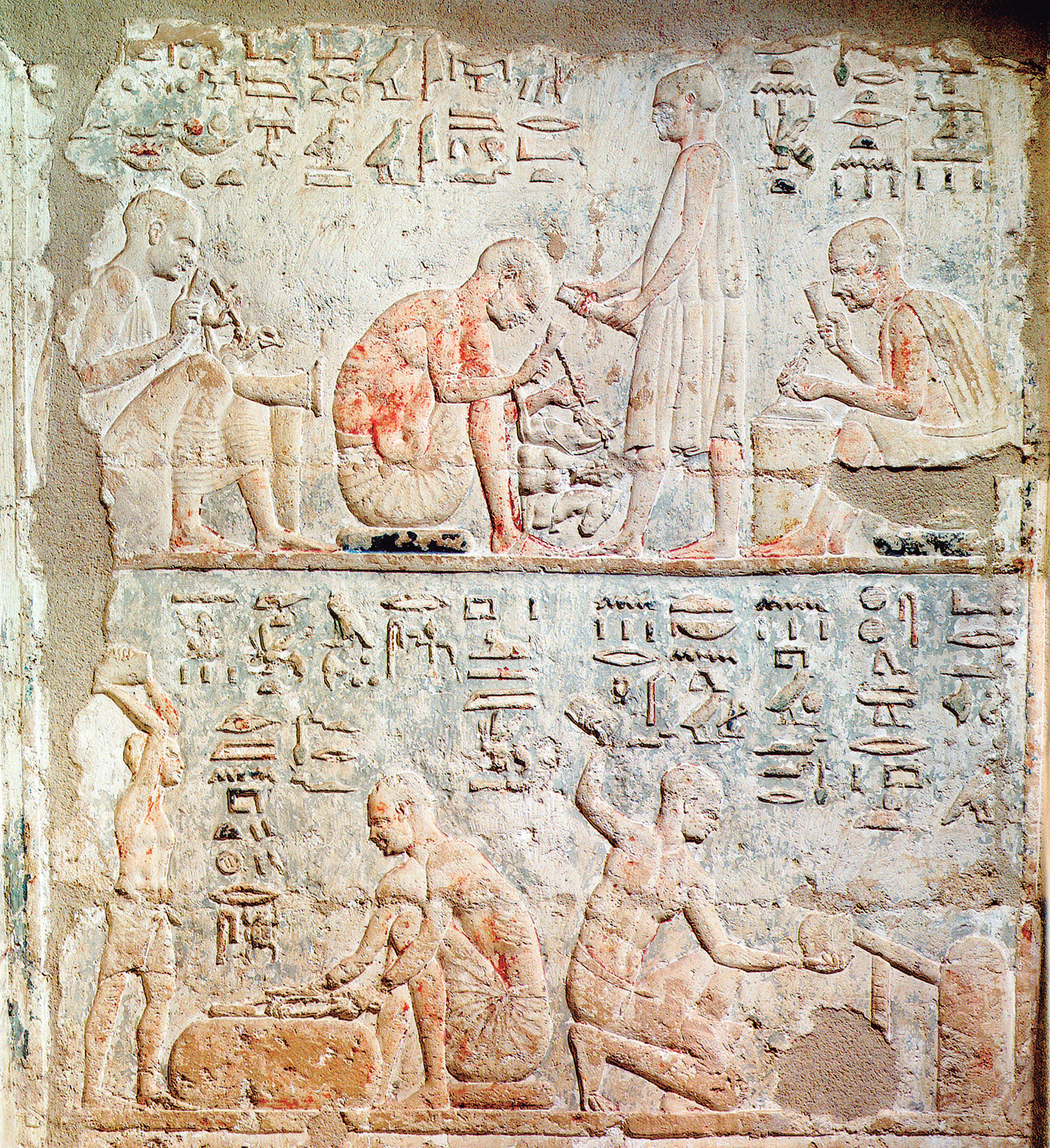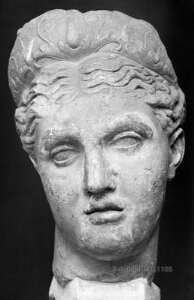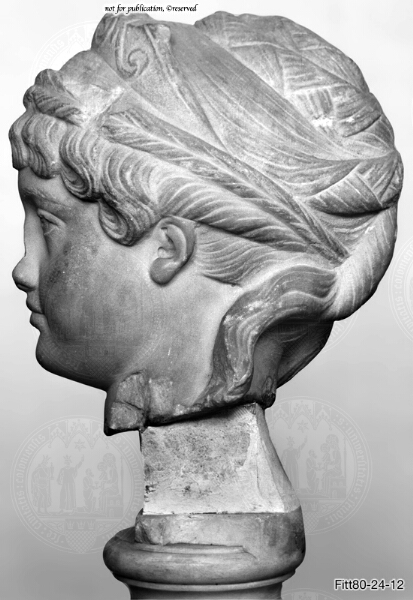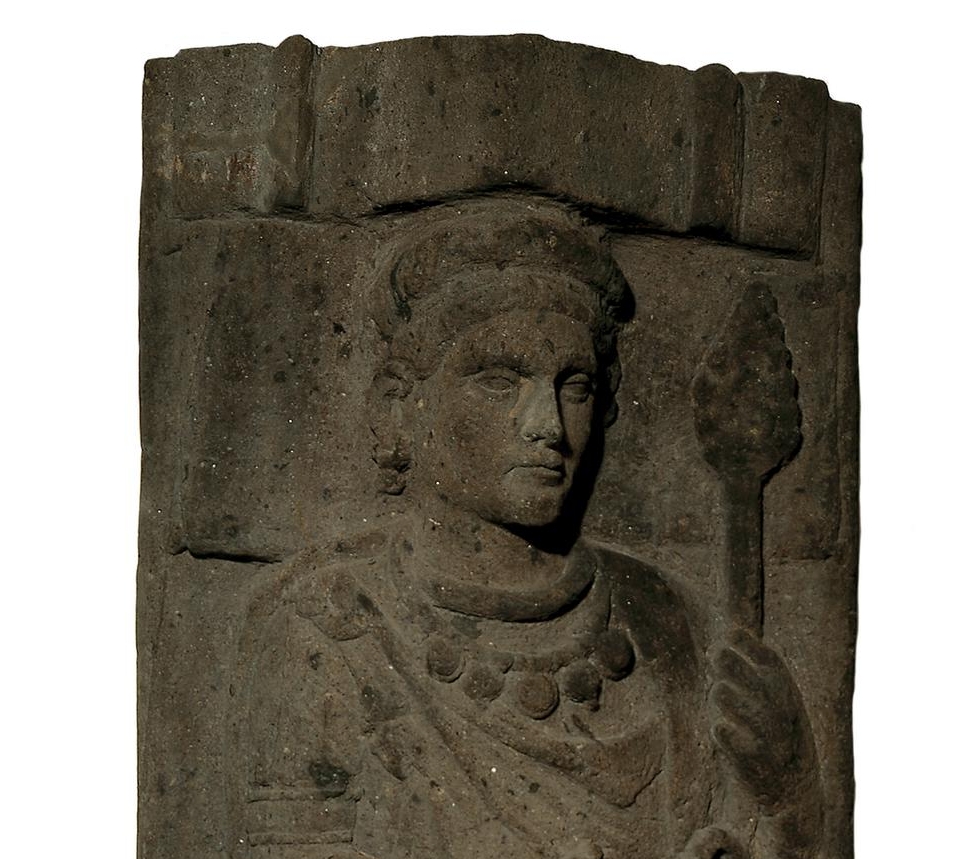
Fayum type portrait of a girl / young woman holding an ankh cross.
Late 3rd century, probably from Antinoe (Antinoopolis), Egypt.
Now in Moscow, the museum of the Church of Christ Saver. Described in Погребальная пелена из Музея Храма Христа Спасителя в Москве, Фридманн Аполлинария Михайловна an article.
photo source https://pl.pinterest.com
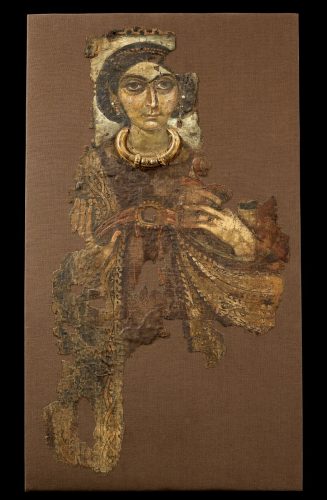
Shroud, painted linen, known as “Woman with the ankh cross”.
3rd century (ca. 200 – 249), Coptic period, from Antinoe, Egypt.
In Louvre, Inv. No. AF.6487 https://collections.louvre.fr
© 2007 Musée du Louvre / Georges Poncet
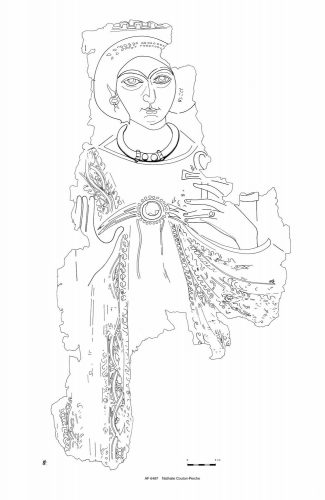

Funerary shroud of Crispina, 45 years old woman from Antinoe; 225-250 CE.
In Louvre, inv. no. AF 6440

3rd century shroud with a portrait of a woman from Antinoopolis.
Benaki Museum, Athens [source]

Portrait of a man from Antinoe, 3rd century. Symbol over his right shoulder is described as Ankh.
Louvre Inv. no. E 12581
© 1998 Louvre Museum / Georges Poncet

Funerary shroud of a child from Antinoe, late 3rd century.
Louvre Inv. no. AF 6488
© 2012 Louvre Museum / Christian Décamps
“A child identified as a girl of 3-4 years” according to Elena ENE D-VASILESCU [The rendering of Christ in the Temple icon of the Theotokos: a gaze from the fourth century. Part two]
The city of Antinoé (Antinoöpolis), 286 km south of Cairo, was built in the 130s CE by the Roman emperor Hadrian on the site of the old village of Besa. The place including a necropolis was razed and building material reused to build Antinoe, only the near temple of Ramesses II have been survived. The town was settled by Greek people from other cities, especially from the Fayum.
“(…)Antinoopolis, the capital of the Lower Thebaid province, provides the best and earliest example of a monumental basilica built in the late fourth century, like those that may have existed in Alexandria. The church is a five-aisle basilica located in the south cemetery of the city.”
Archaeology of Early Christianity in Egypt, Darlene L. Brooks Hedstrom https://www.oxfordhandbooks.com

Stele with deceased in a niche and ankh sign, from Oxyrhynchus, Egypt.
Cairo, Coptic Museum, inv. no. 8616.
After M. Capozzo

An Ansate cross painted in red pigment on a baptismal font at ʿAyn Jallāl, Egypt It is a short distance south of the El-Bagawat Coptic necropolis, one of the oldest Christian cemeteries. The oldest tomb dates back to the 3rd century, the newest to the 7th century.
A baptismal font with an ansa was found in the northern sector of the necropolis, is dated to the 4th-5th century.
Photo & info after Gillian Spalding-Stracey.

Embellished ansate cross, al-Bagawāt (El-Bagawat) necropolis.
4th-5th century
Photo & info after Gillian Spalding-Stracey.

Codex Glazier is a Coptic manuscript dated to the 4th-5th centuries. On the last, an additional leaf there is an image of a large crux ansata. After G. Spalding-Stracey.

El Badari (Assiut), Egypt, 6th century
Coptic Museum, Cairo, inv. no. 8566
source [link]

Stela of Abraham, 7th century.
British Museum
SOURCES
- Aspetti dell’ideologia funeraria nell’Egitto cristiano: le stele copte, Mario Cappozzo. University of Barcelona 2017
- The Cross in the Visual Culture of Late Antique Egypt, Gillian Spalding-Stracey. Series: Texts and Studies in Eastern Christianity, Volume: 19, 2020.
- Погребальная пелена из Музея Храма Христа Спасителя в Москве, Фридманн Аполлинария Михайловна an article.



